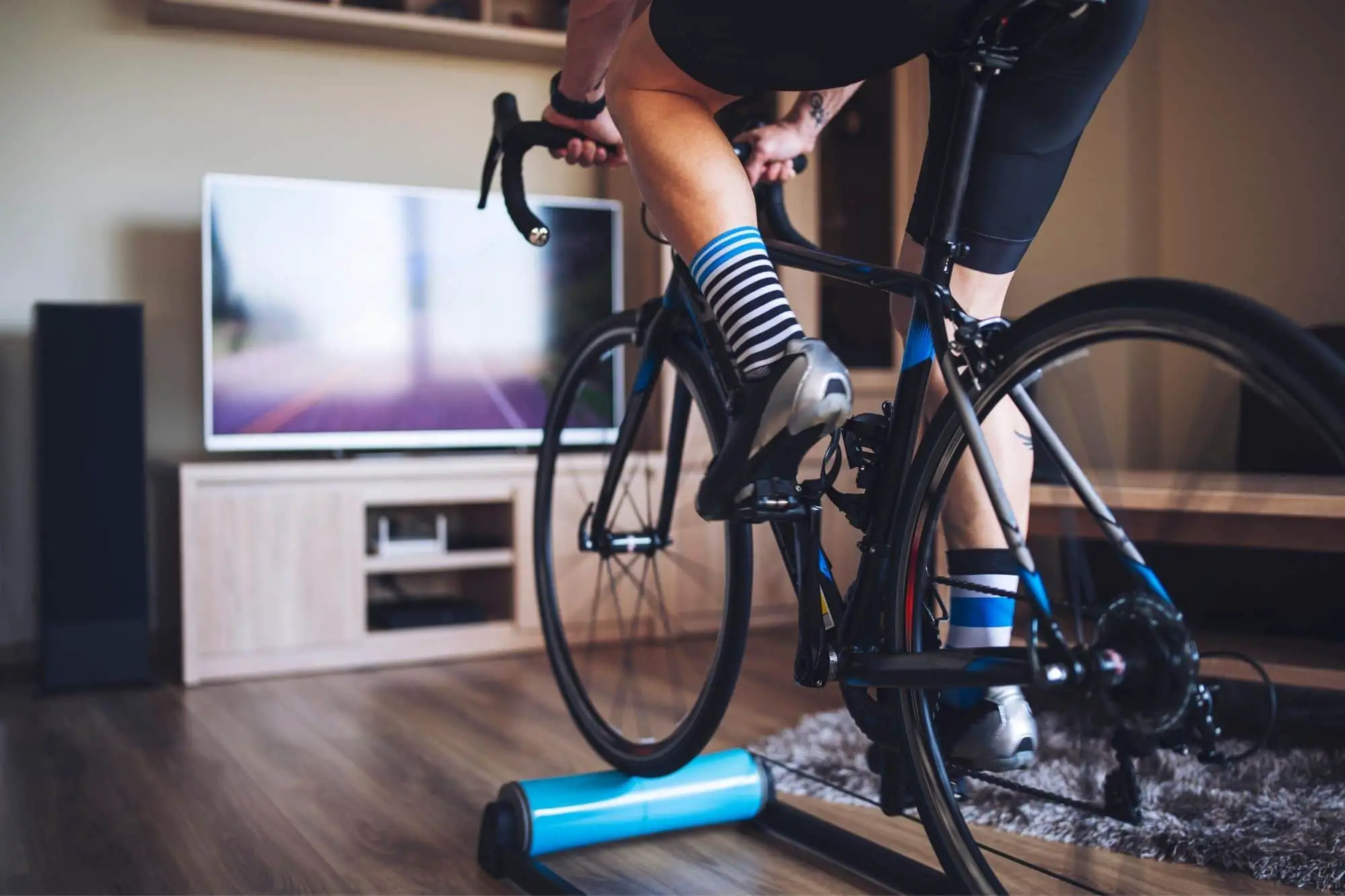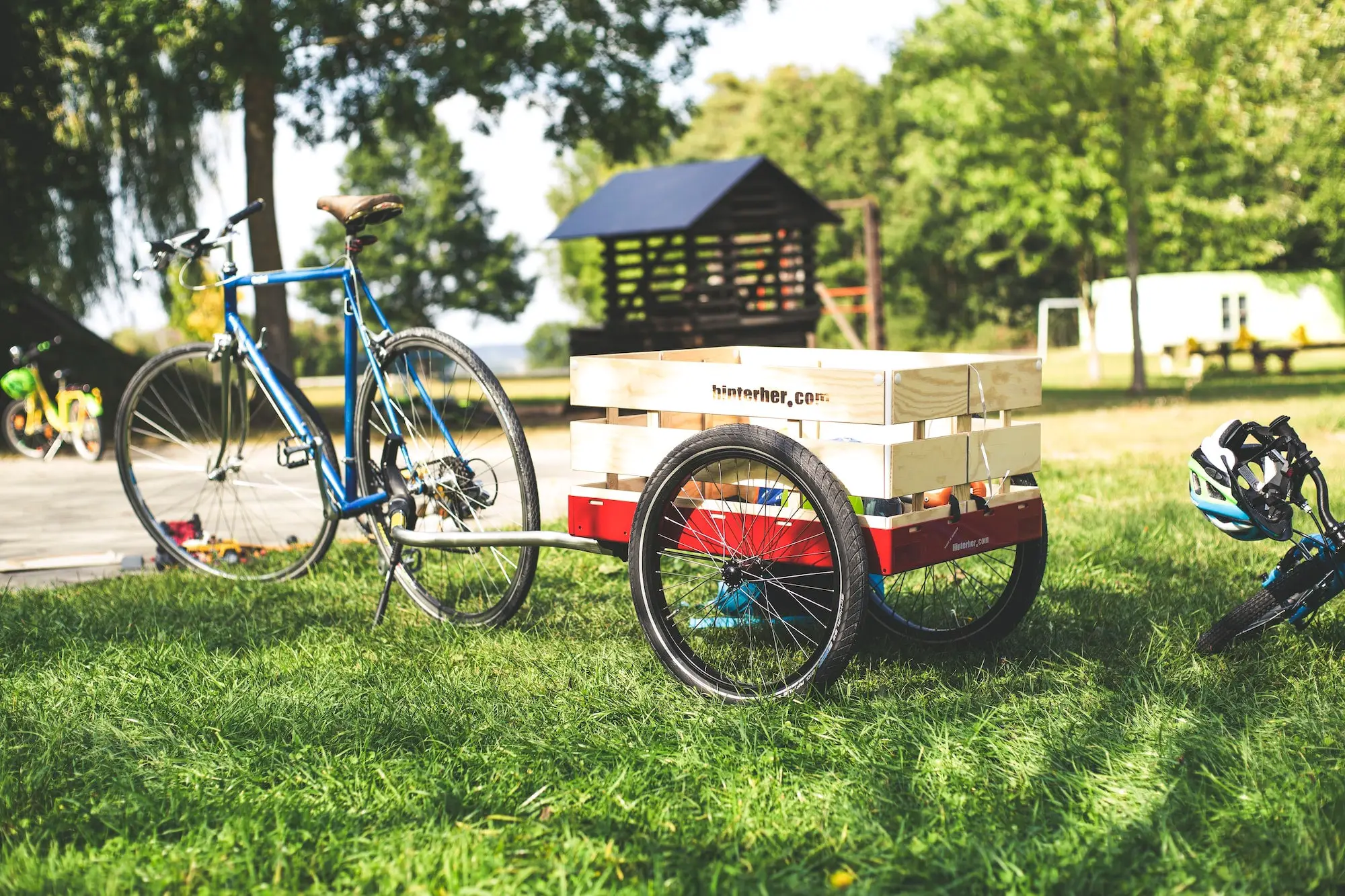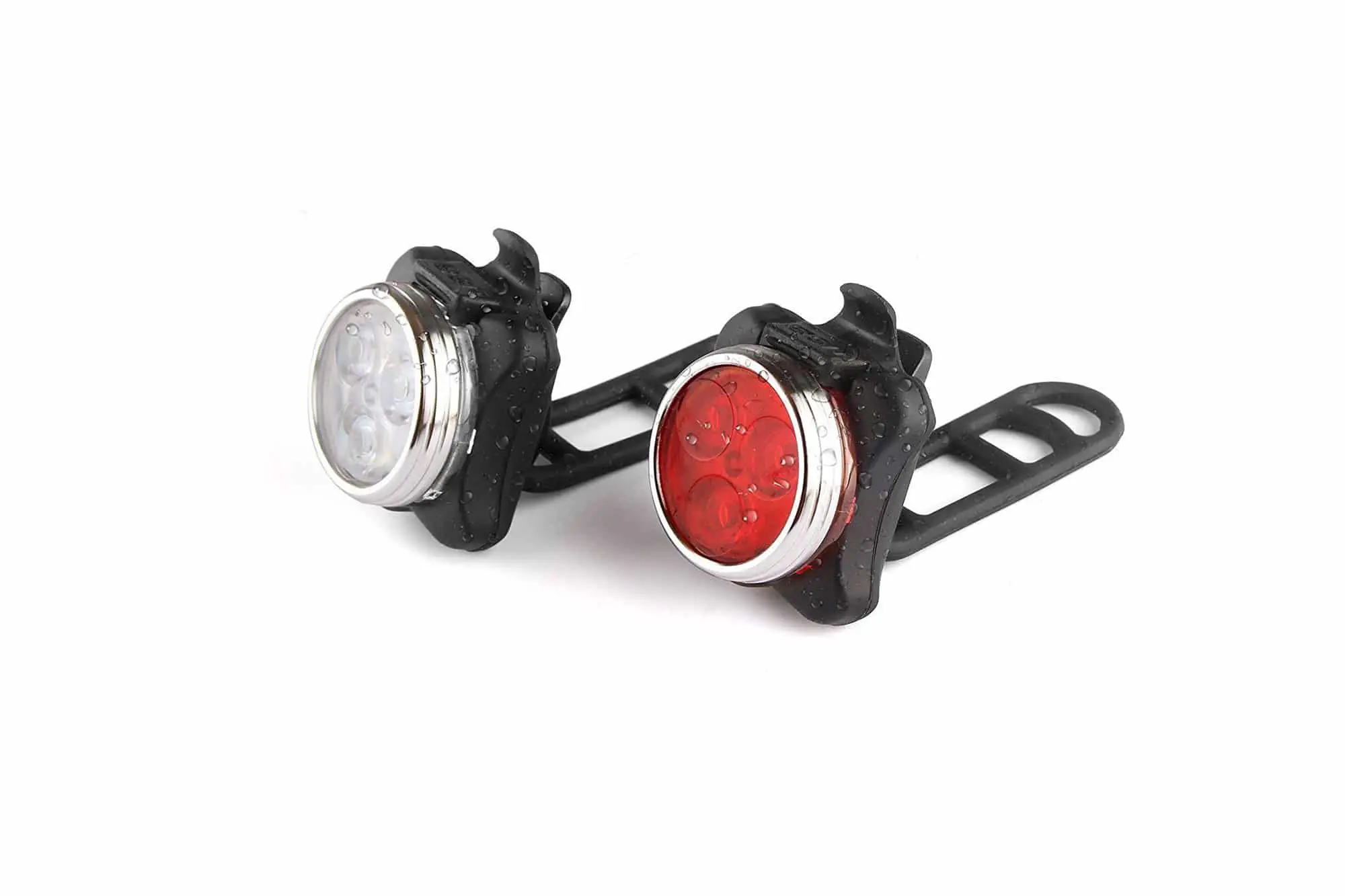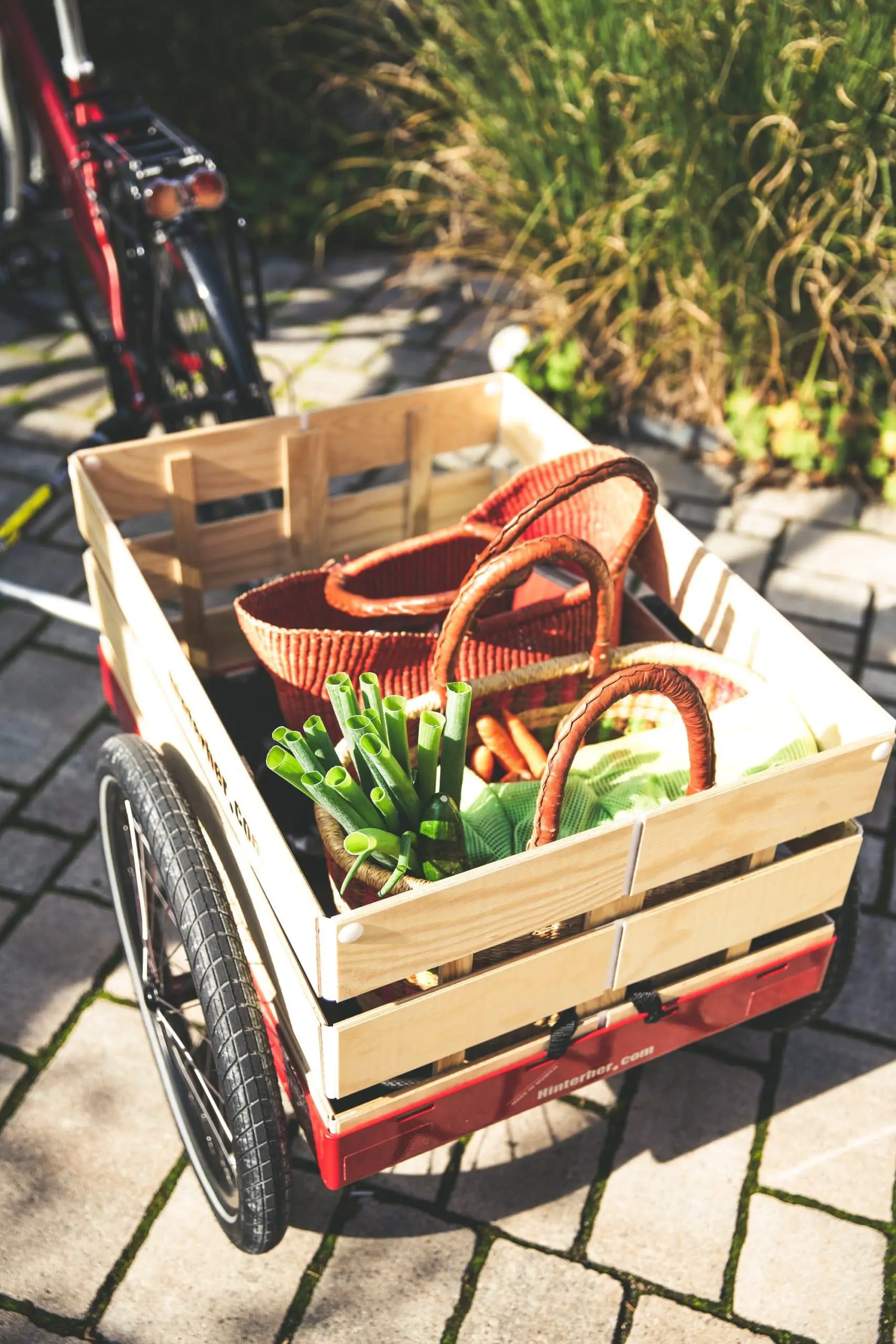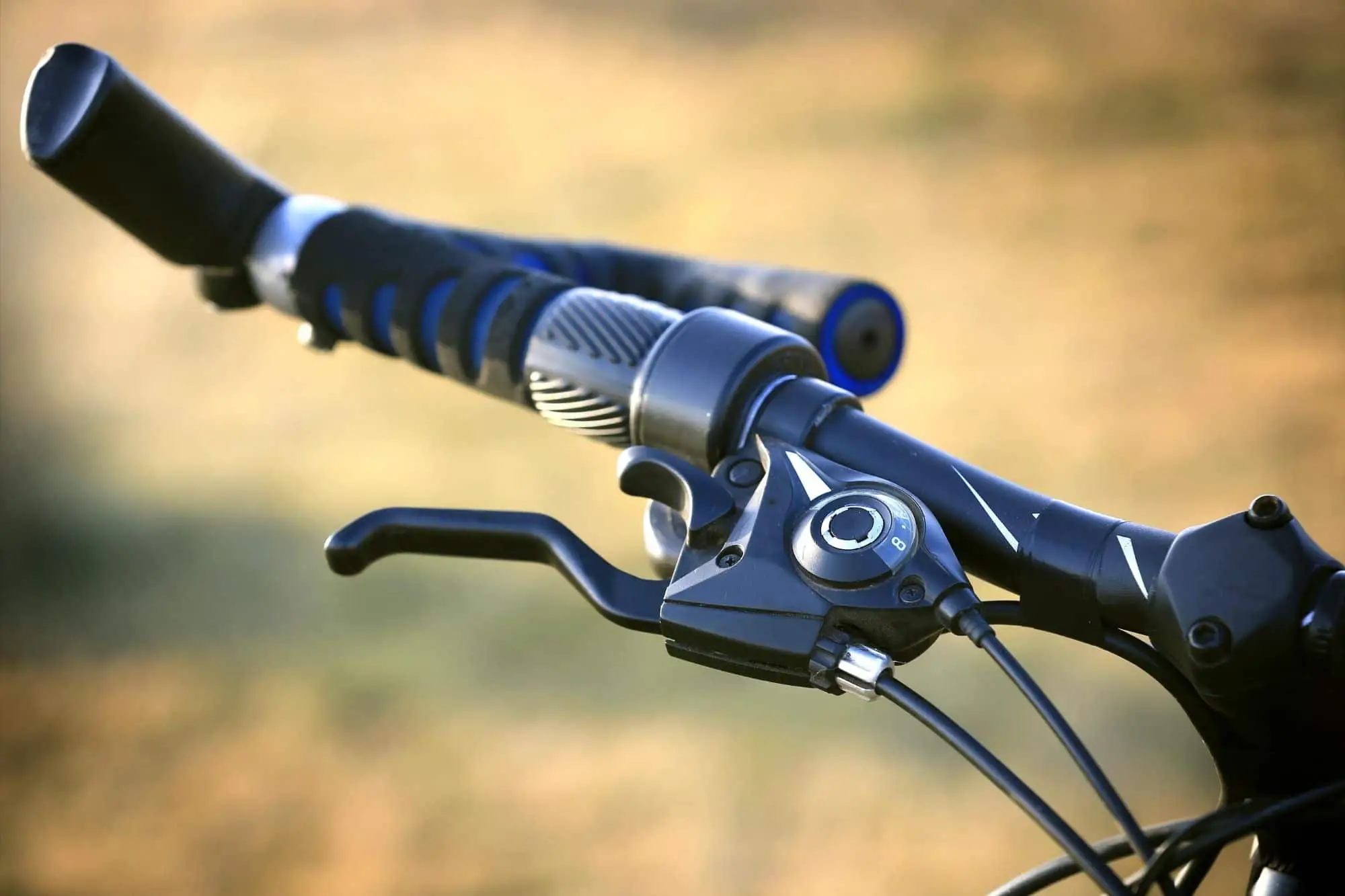Indoor biking is getting wildly popular. Not just because of the pandemic and quarantine periods but also because of its amazing benefits. You’ve heard about bike trainers and bike rollers. Now the question is, which equipment should I use for indoor biking?
This article will discuss each factor that you need to know before choosing the best indoor biking equipment for you.
Which one is best for starters?
Rollers are easy to set up. You need to install first the roller drums for the wheelbase of your bike to fit in. But riding on bike rollers is difficult and requires more skill. You need to focus on holding the front wheels straight and keep your balance as you get the hang of it before you can practice your pedaling. I also advise using an old towel or a trainer mat on the floor to avoid cycling rug burns on your carpet or wood floor.
Meanwhile, stationary bike trainers are more comfortable to use than the bikes we ride outdoors. Setting up the trainer is fairly easy. Just remove your rear wheel and mount your bike on the bike trainer’s cassette. The challenge here is when you don’t have a standard rear axle. If this is the case, you might end up looking for adaptors.
Overall, for starters, I recommend using bike trainers for indoor biking because it is easier to install and use than bike rollers.
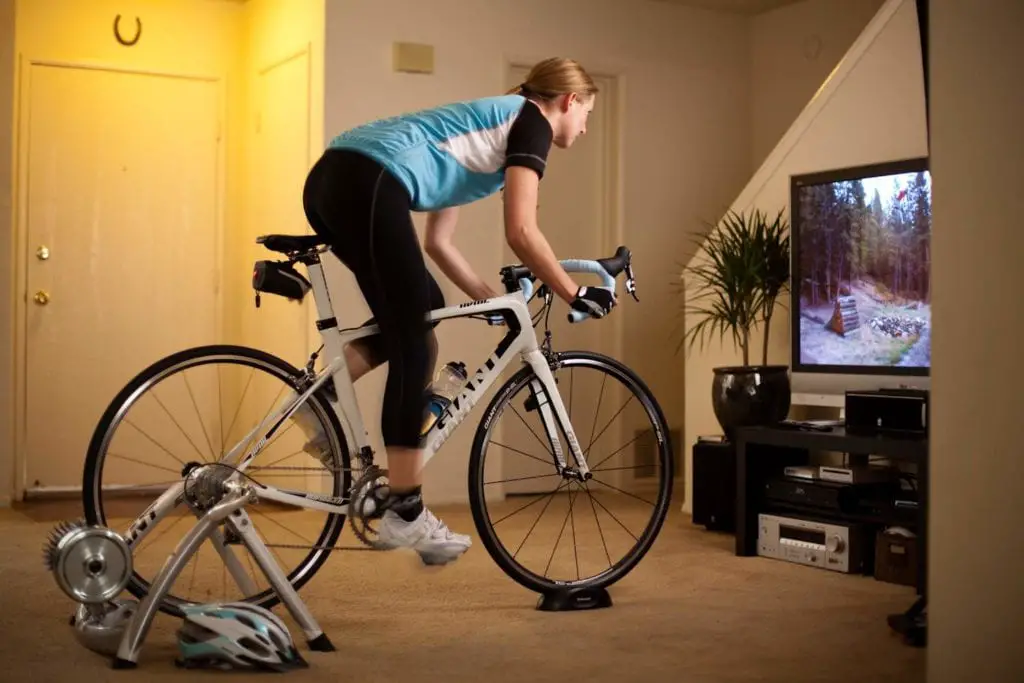
Which one has the best price for the pocket?
Price-wise, bike rollers are cheaper than bike trainers, but there’s a caveat. You don’t have a lot of options when it comes to bike rollers. Yes, there are attachments that you can add to your bike roller like adaptable fan-based or magnetic-based resistance drums. But at an additional cost.
High-end bike rollers come with controllers for adjusting resistance but they are usually priced as much as more expensive bike trainers.
Trainers become more costly with the advent of technology and social platforms, offering a wide variety of more massive sets, more connectivity, and better riding experience.
Which indoor biking equipment offers a more “realistic” ride?
On bike rollers, your bike is not attached to anything. Thus riding on one gives a more natural feel because you have to focus not only on your pedaling skills but also on your balance. Some of the recent bike roller innovations allow the rider to be more comfortable with its gliding frame that can move forward and backward.
On the other hand, bike trainers provide a less natural feel because the bike is securely mounted on the platform. The drag and the resistance felt when riding on it are different from the real riding experience on the road, but you’ll get used to it after some time. Experts are now developing some trainers that can you can control wireless, and that can pivot side-to-side to give riders a more realistic experience.
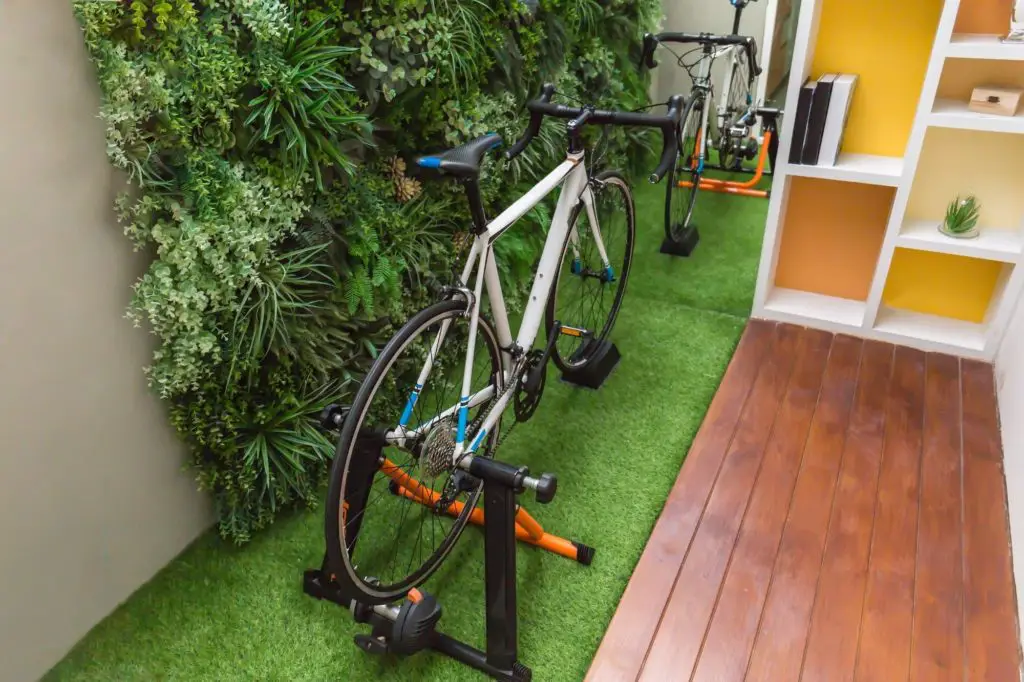
Which one is more durable?
When it comes to durability, we talk about design and build quality. Bike rollers used to win in this category with its simple and compact construction, and the occasional replacement of belts and accessories.
Though this may still be true today, we must never forget that bike trainers have improved a lot these recent years. Issues that were major setbacks before like overheating and easily-damaged cords are now exponentially reduced.
Which one is portable and easy to store?
The obvious answer to this question is no other than bike rollers. Bike rollers are much lighter than bike trainers. Rollers usually weigh around 10-30 pounds and sometimes come with foldable features, making them easier to store vertically in a closet or keep them under the bed. Bike rollers are great for houses with limited spaces.
On the other hand, bike trainers weight from 40 to 50 pounds. Some newer models have foldable tripod legs, but not all modern trainers sport them. The lack of portability of some bike trainers can discourage users that have limited living space.
Which one performs better?
Ideally, choosing which one based on its performance comes down to your preferences in indoor training.
Developed to produce smooth, powerful, and consistent pedal strokes, bike rollers provide a natural feedback mechanism that is best for workouts focusing on cadence exercises or increasing cadence performance.
Unlike bike rollers, bike trainers offer an unimpeded performance in high-intensity structured workouts most riders do during the off-season. With its adjustable and computer-operated functions, trainers can make use of personalized resistance levels that best fit the user. This advanced feature allows you to exert more effort and gradually increase the intensity of your bike trainer exercises.
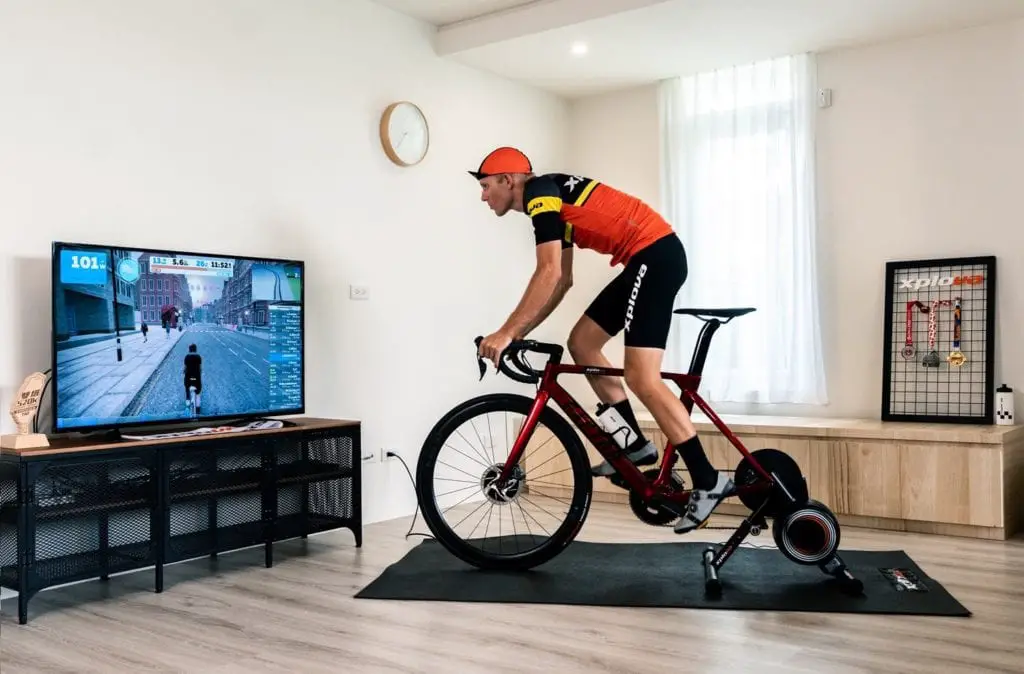
What Should I Get?
Both bike rollers and bike trainers are best for indoor riding. Ultimately, it all boils down to personal preference and what you want to accomplish. Do you want to focus on and improve your balance and pedaling skills? Go for a bike roller. If you want to focus on your speed and work your core and legs muscles till you drop, pick a bike trainer.
Here’s a list of the best bike rollers you can buy this 2020.
Here’s a rundown of the best bike trainers you can get today.
Happy biking!


